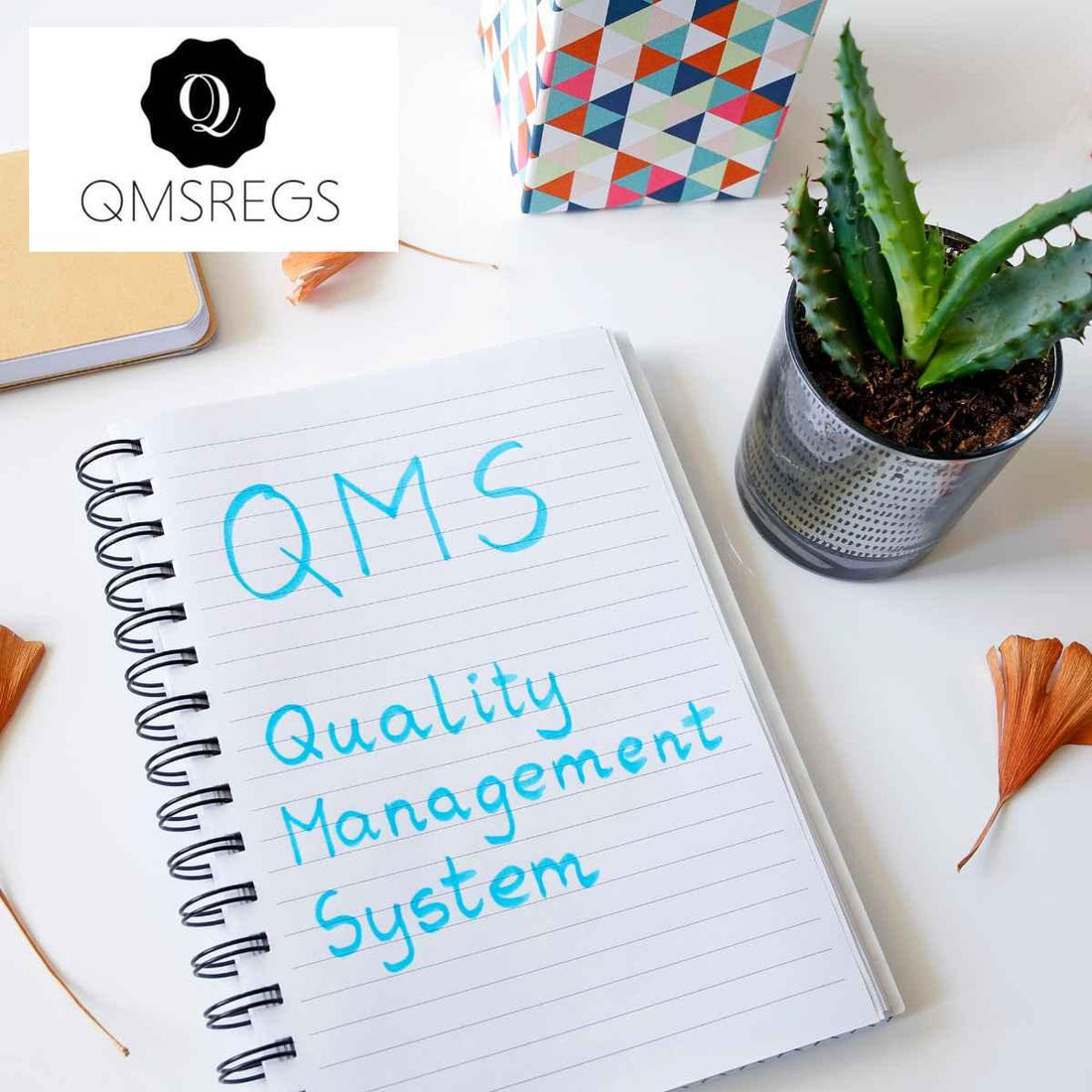Understanding the Document Structure of Quality Management Systems (QMS)

Share
Introduction
A Quality Management System (QMS) is a formalized framework that documents processes, procedures, and responsibilities for achieving quality policies and objectives. It is a crucial component for organizations aiming to enhance customer satisfaction, improve operational efficiency, and comply with regulatory requirements. The document structure of a QMS is vital for ensuring consistency, transparency, and continuous improvement within an organization.
The Importance of Document Structure in QMS
A well-organized document structure within a QMS ensures that all employees have access to the right information at the right time. It supports:
- Consistency: Standardized processes lead to consistent product and service quality.
- Compliance: Meeting regulatory and customer requirements is easier with clear documentation.
- Efficiency: Streamlined processes reduce waste and improve productivity.
- Traceability: Documentation provides a trail that can be followed to understand decision-making and identify areas for improvement.
Key Components of QMS Documentation
The structure of QMS documentation typically includes several key components:
1. Quality Manual
The Quality Manual is the cornerstone of the QMS documentation. It outlines the organization’s commitment to quality, the scope of the QMS, and the core quality management principles. Key elements include:
- Introduction: Overview of the organization and its commitment to quality.
- Scope: Defines the boundaries and applicability of the QMS.
- Quality Policy: A formal statement of the organization's quality objectives and commitment.
- Roles and Responsibilities: Details the roles and responsibilities for quality within the organization.
2. Procedures
Procedures describe the specific methods employed to carry out processes within the QMS. They provide step-by-step instructions to ensure consistency and compliance. Typical procedures include:
- Document Control: How documents are managed, updated, and distributed.
- Internal Audits: Methods for conducting internal audits to assess the effectiveness of the QMS.
- Corrective and Preventive Actions (CAPA): Procedures for identifying, addressing, and preventing issues.
3. Work Instructions
Work instructions are detailed, task-specific documents that guide employees on how to perform their duties. These instructions ensure that tasks are performed correctly and consistently. They often include:
- Step-by-Step Instructions: Detailed steps to perform a specific task.
- Safety Precautions: Important safety information related to the task.
- Tools and Equipment: Lists of required tools and equipment for the task.
4. Records
Records are documented evidence of activities performed and results achieved. They are critical for demonstrating compliance and for continuous improvement. Common records include:
- Inspection Reports: Results of product or service inspections.
- Audit Reports: Findings from internal and external audits.
- Training Records: Documentation of employee training and certifications.
5. Forms and Templates
Forms and templates standardize the collection of information and ensure consistency in documentation. They can include:
- Non-Conformance Report (NCR) Forms: Used to document instances of non-conformance.
- Corrective Action Request (CAR) Forms: Used to initiate corrective actions.
- Audit Checklists: Standardized checklists for conducting audits.
Structure of the QMS

Creating and Maintaining QMS Documentation
Creating and maintaining QMS documentation requires a systematic approach:
1. Define Objectives
Clearly define what each document aims to achieve and ensure alignment with organizational goals.
2. Standardize Format
Use consistent formatting, language, and terminology across all documents to ensure clarity and uniformity.
3. Review and Approval
Implement a review and approval process to validate the accuracy and relevance of documents before they are released.
4. Document Control
Establish a robust document control system to manage revisions, updates, and distribution. Ensure that only the latest versions are in use.
5. Training
Provide training to employees on the QMS documentation and their roles in maintaining quality standards.
6. Continuous Improvement
Regularly review and update QMS documentation to reflect changes in processes, regulations, and organizational goals.
Conclusion
The document structure of a Quality Management System is foundational to achieving and maintaining high standards of quality within an organization. By clearly defining and organizing quality policies, procedures, work instructions, records, and forms, organizations can ensure consistency, compliance, and continuous improvement. A well-documented QMS not only supports operational efficiency but also builds trust with customers and stakeholders by demonstrating a commitment to quality.
